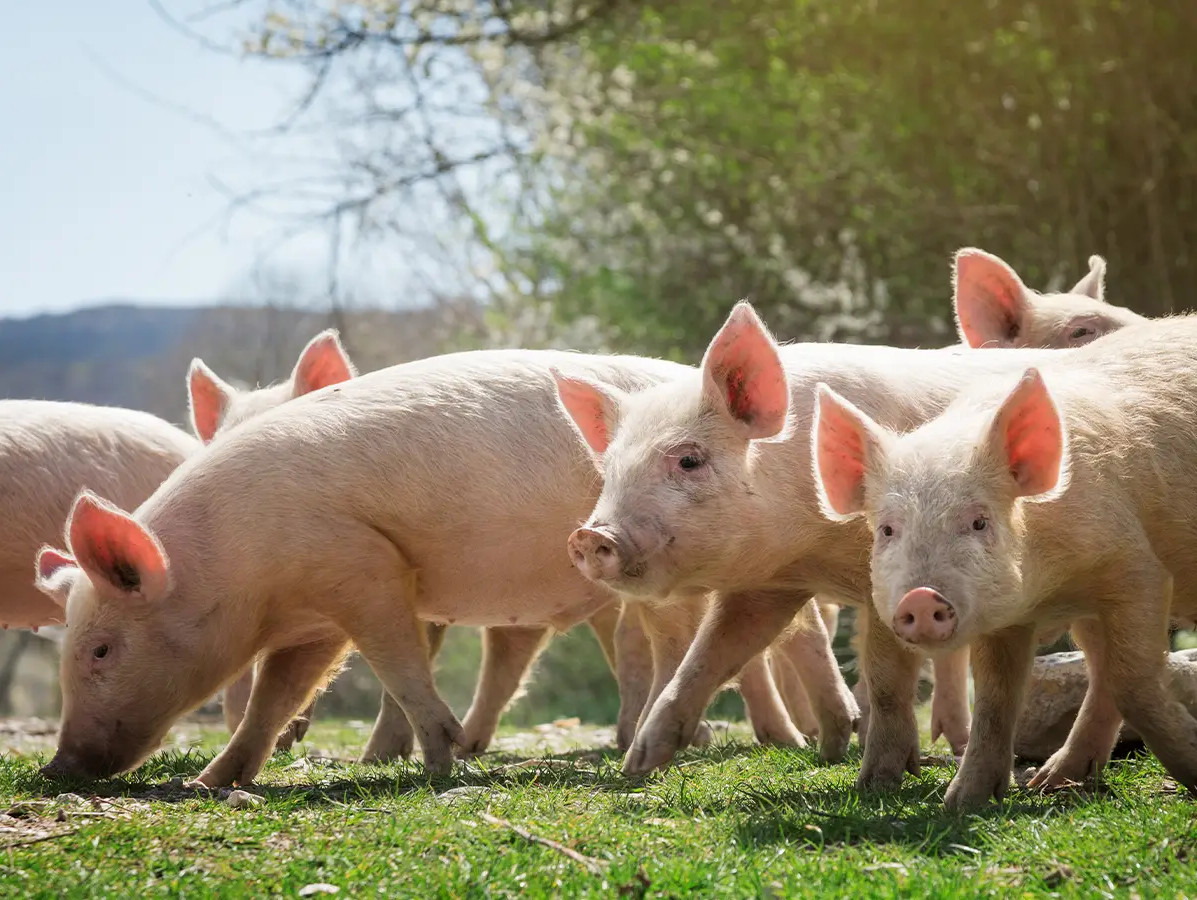
The European pig market remains under pressure from geopolitical tensions. While production still showed slight growth in 2024, Rabobank forecasts a decline of around 1.5 percent for 2025. This expected drop is linked to a smaller pig herd, partly due to herd reduction schemes and disease pressure. Meanwhile, U.S. import tariffs are stirring up uncertainty in global trade.
The number of sows in the European Union declined by 3.4 percent last year. The Netherlands saw the steepest drop, down by no less than 14 percent. Sow herds also shrank significantly in Poland, Italy, and Spain. African swine fever and PRRS are cited as major contributing factors. Despite a modest production increase in 2024—thanks to strong margins the year before—the outlook for 2025 is much less positive. Rabobank expects the number of sows in the Netherlands to fall sharply again, mainly due to participation in phase-out schemes.
Pig prices in Northwest Europe have been climbing since the end of March. This is due to tightening supply and renewed export opportunities to the UK, following Germany’s regained FMD-free status. Piglet prices have also gone up, although they remain roughly 10 percent below the five-year average. In the Netherlands, limited piglet availability is putting pressure on margins, but a gradual price stabilisation appears likely.
The recent 10 percent U.S. tariff on European pork has had limited impact on the Netherlands so far, as exports to the U.S. remain modest. Even so, trade flows are shifting, especially now that China is sourcing more soy from Brazil and showing interest in European pork by-products. Still, potential anti-dumping measures from China cast a shadow. Exporters are bracing for a more unpredictable market environment.
Source: Rabobank